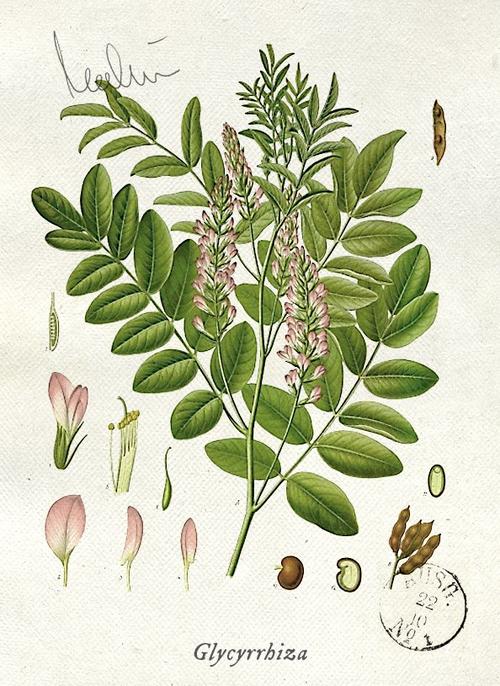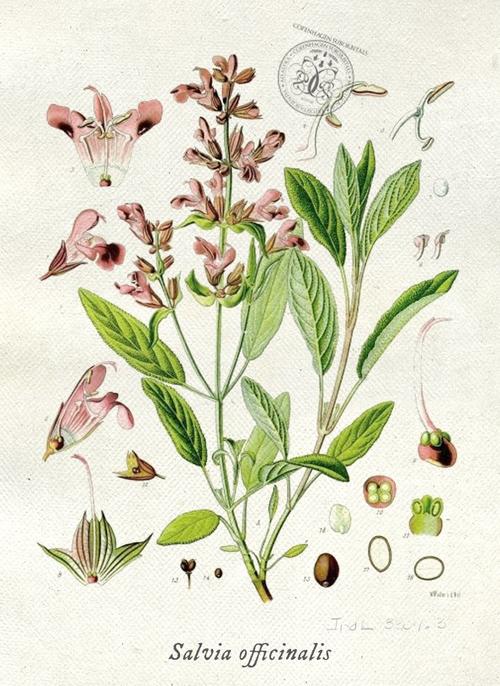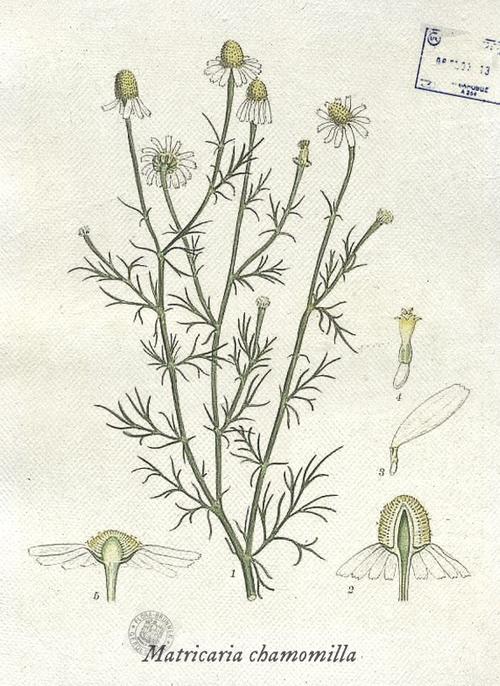Elderberry - Sambucus
The subtle scent of the elder

The elderflower, a member of the Adoxaceae family, is perhaps best known in the form of the black elderberry. While people in northern Germany call it the Fliederbeerenbusch (or just Flieder for short), parts of Bavaria and Austria refer to Sambucus as Holler – much closer to Holder, as the species is known in the Monkey’s Black Forest habitat. Ranging between one and 15 metres in height, these typically woody half-shrubs, shrubs, and small trees are found in many domestic gardens. Their flat, umbellate panicles – which can grow up to 30 centimetres long – are made up of countless individual blossoms (usually white or pale yellow in colour) that give off an unmistakably fresh and fruity odour from May all the way into July. The elderberries themselves then ripen from red to black in August and September. Around six millimetres in diameter and rich in vitamin C and potassium, this stone fruit pleases palates after being transformed into juice, syrup, and much more besides (though it bears mentioning that these burgundy substances are very hard to get out of textiles). Elder blossoms are also often used to make tea that helps sweat out colds and fevers.
According to popular belief, elder trees are inhabited by benevolent spirits whose powers protect the residents of a home – a reassuring thought that gives the superstitious reason to claim that their gardening efforts bear fruit in more ways than one.




















